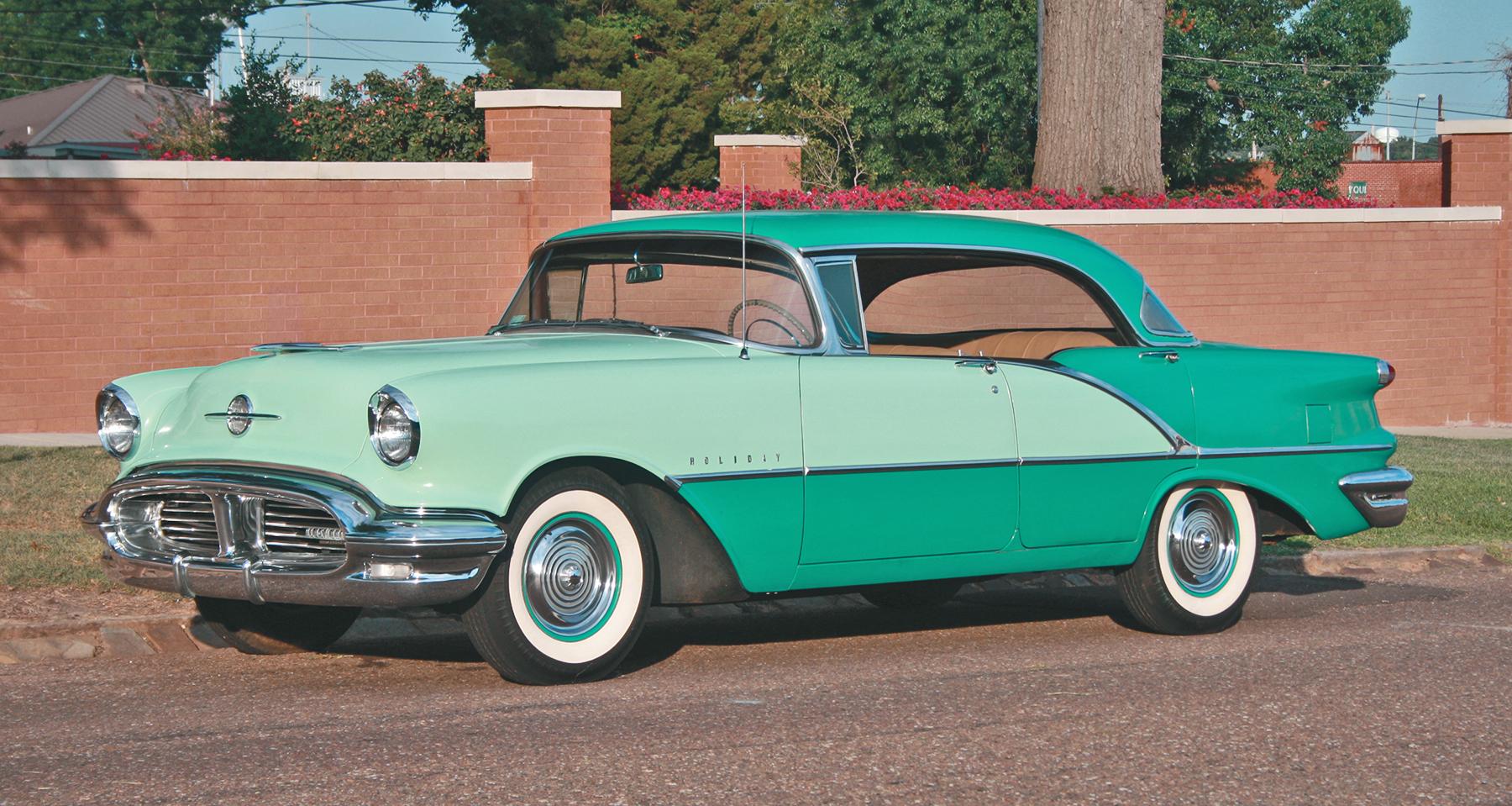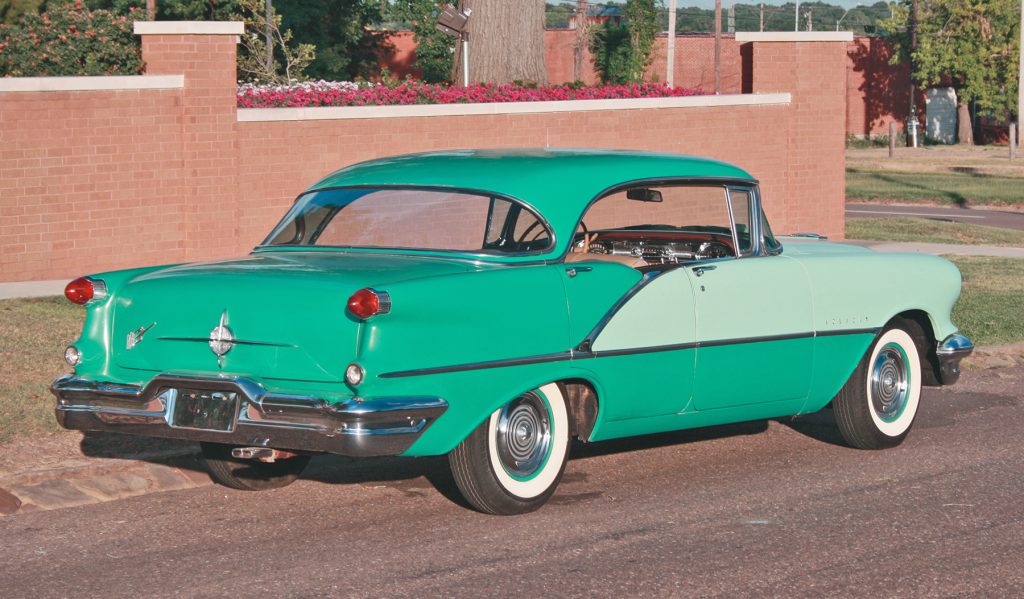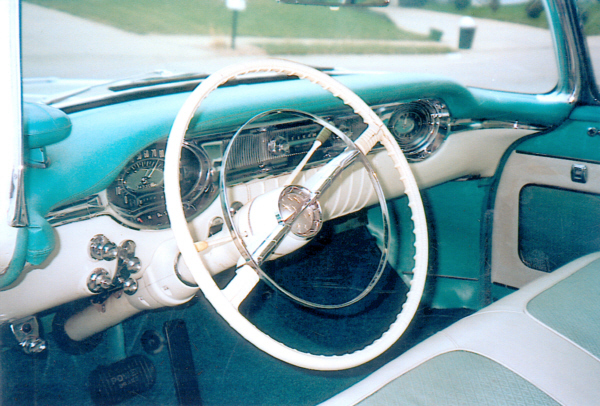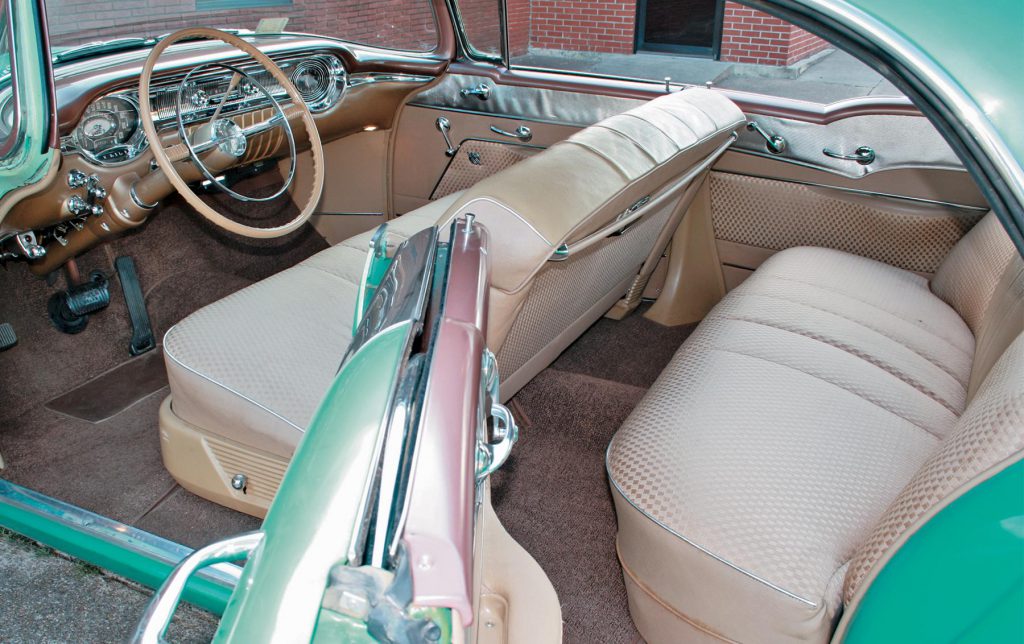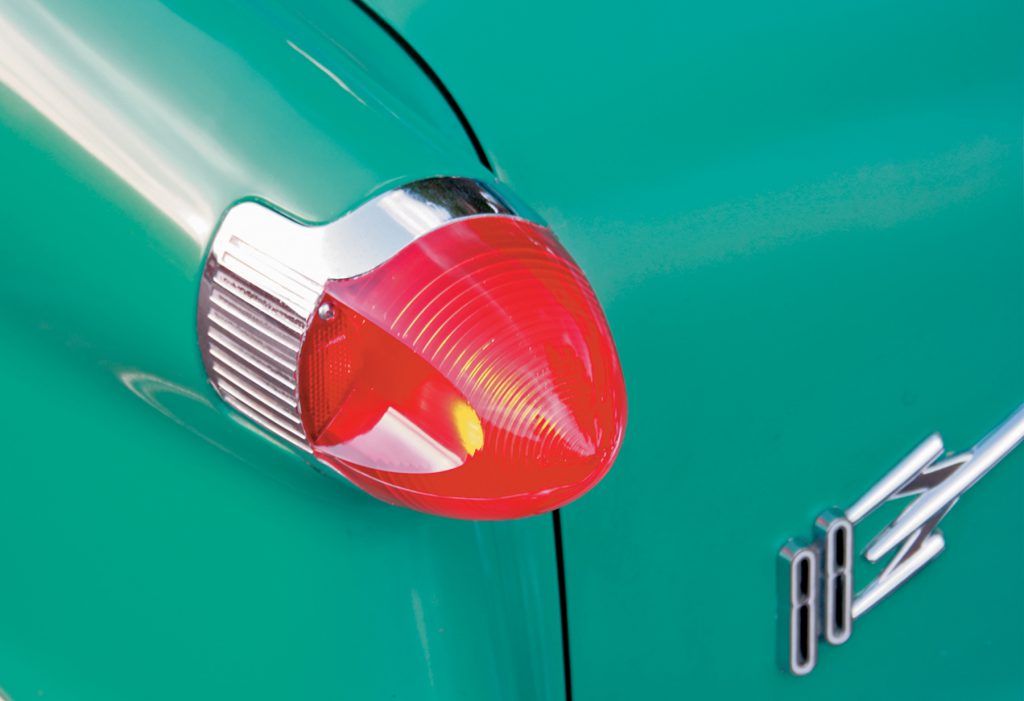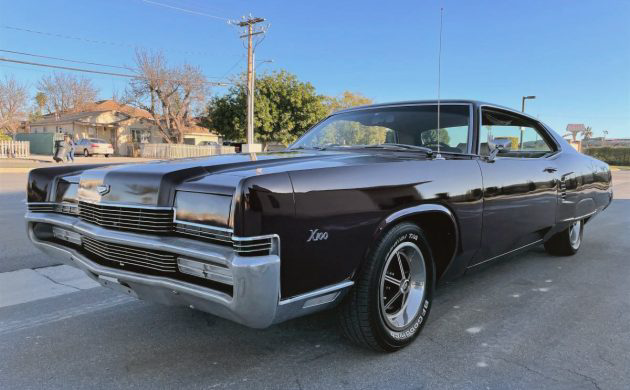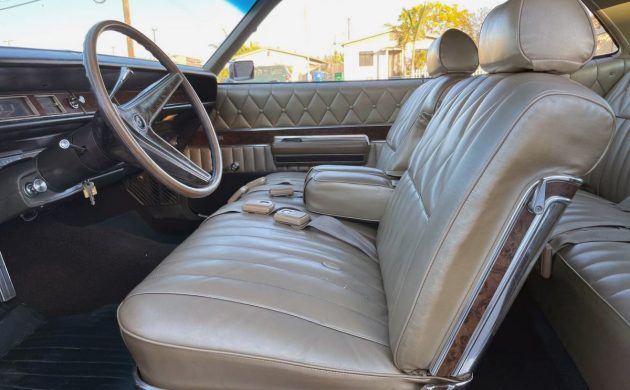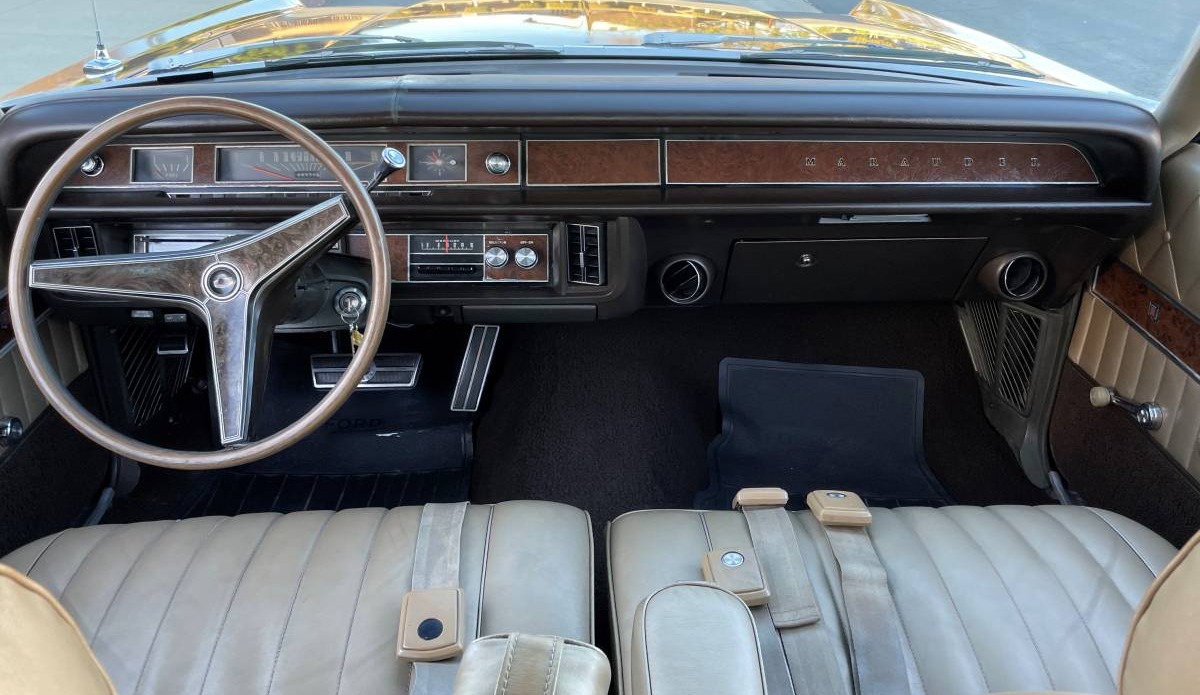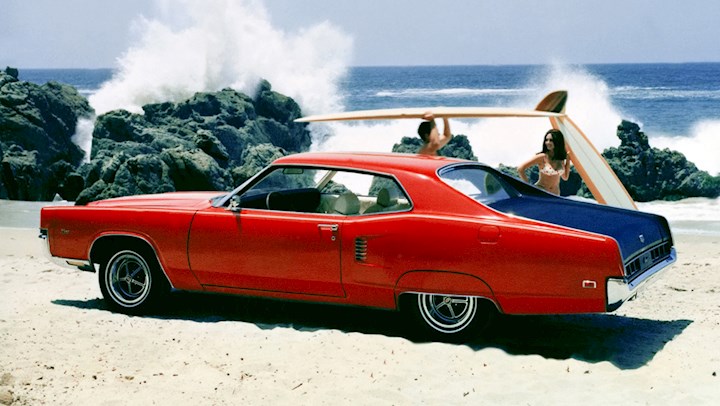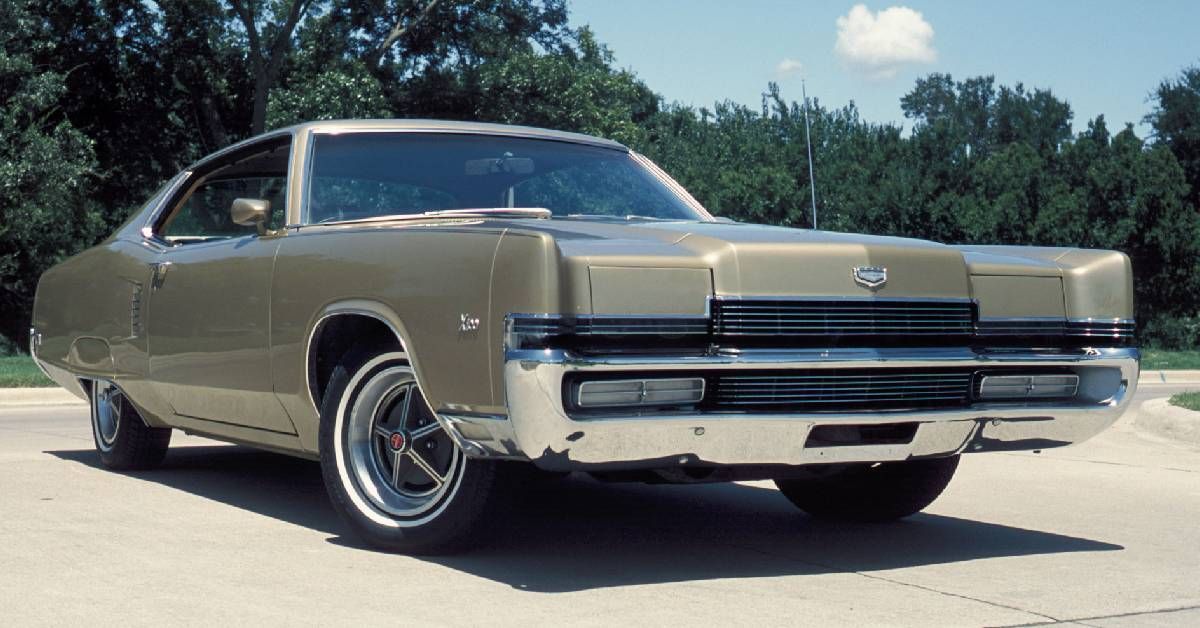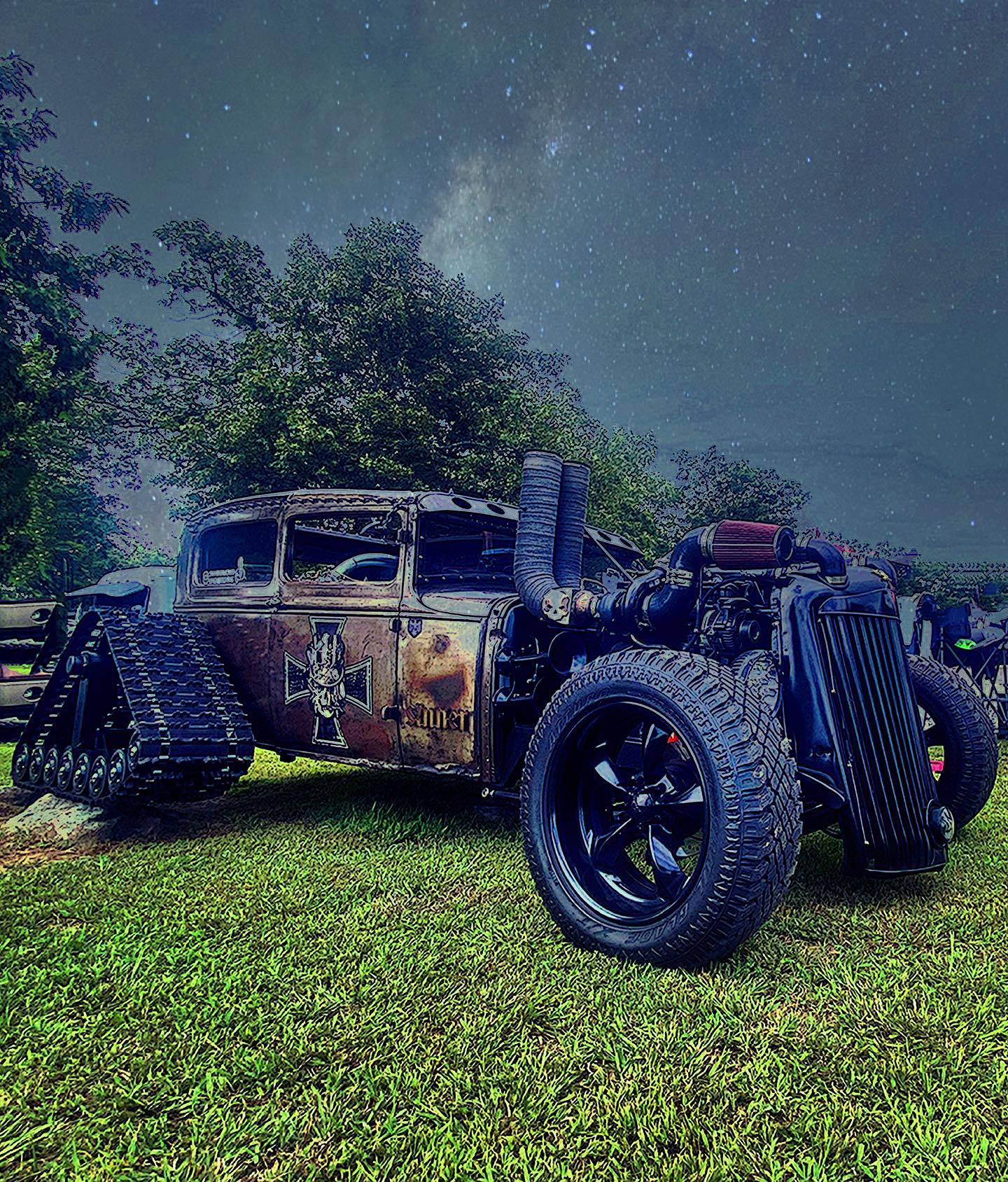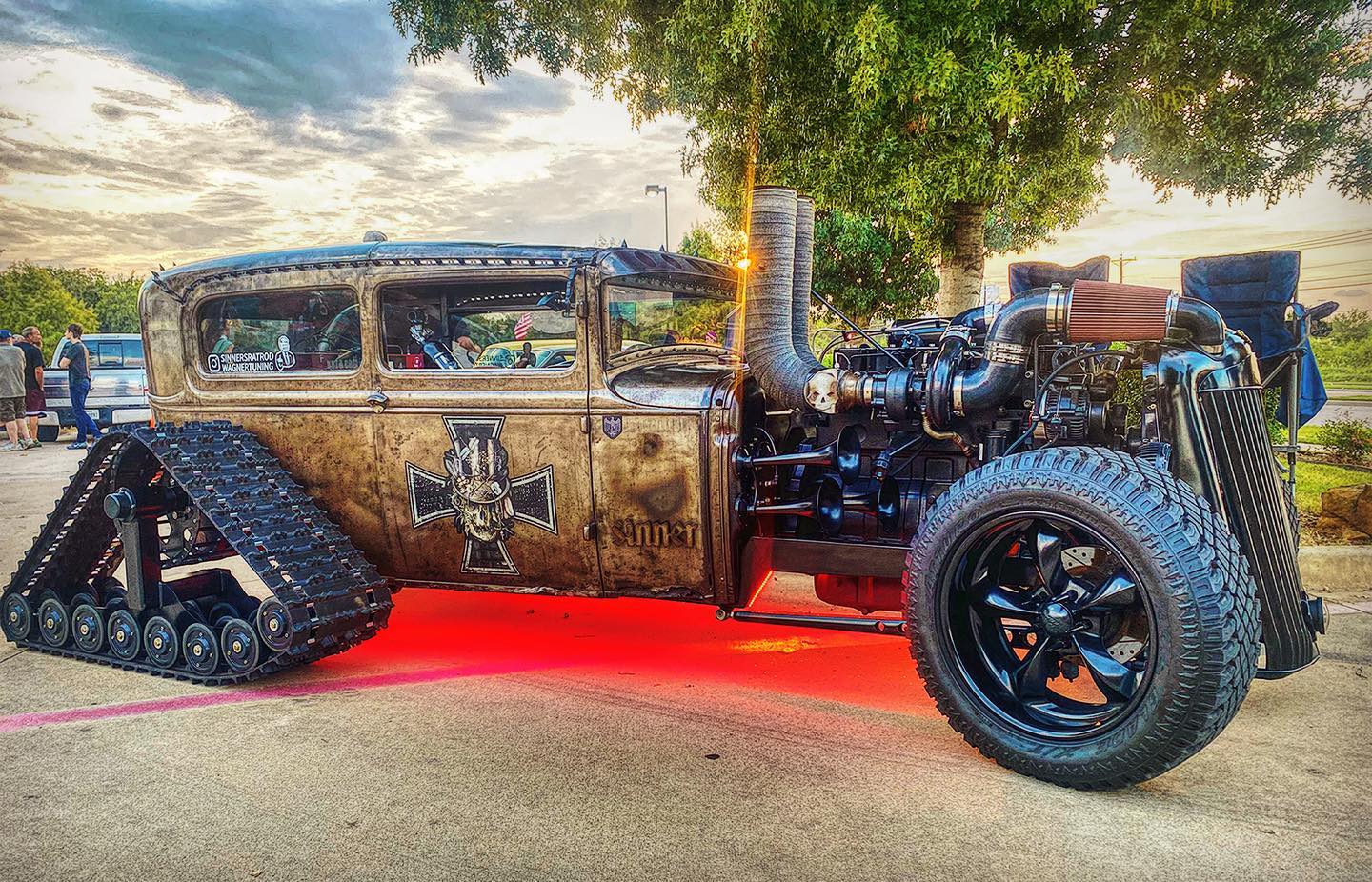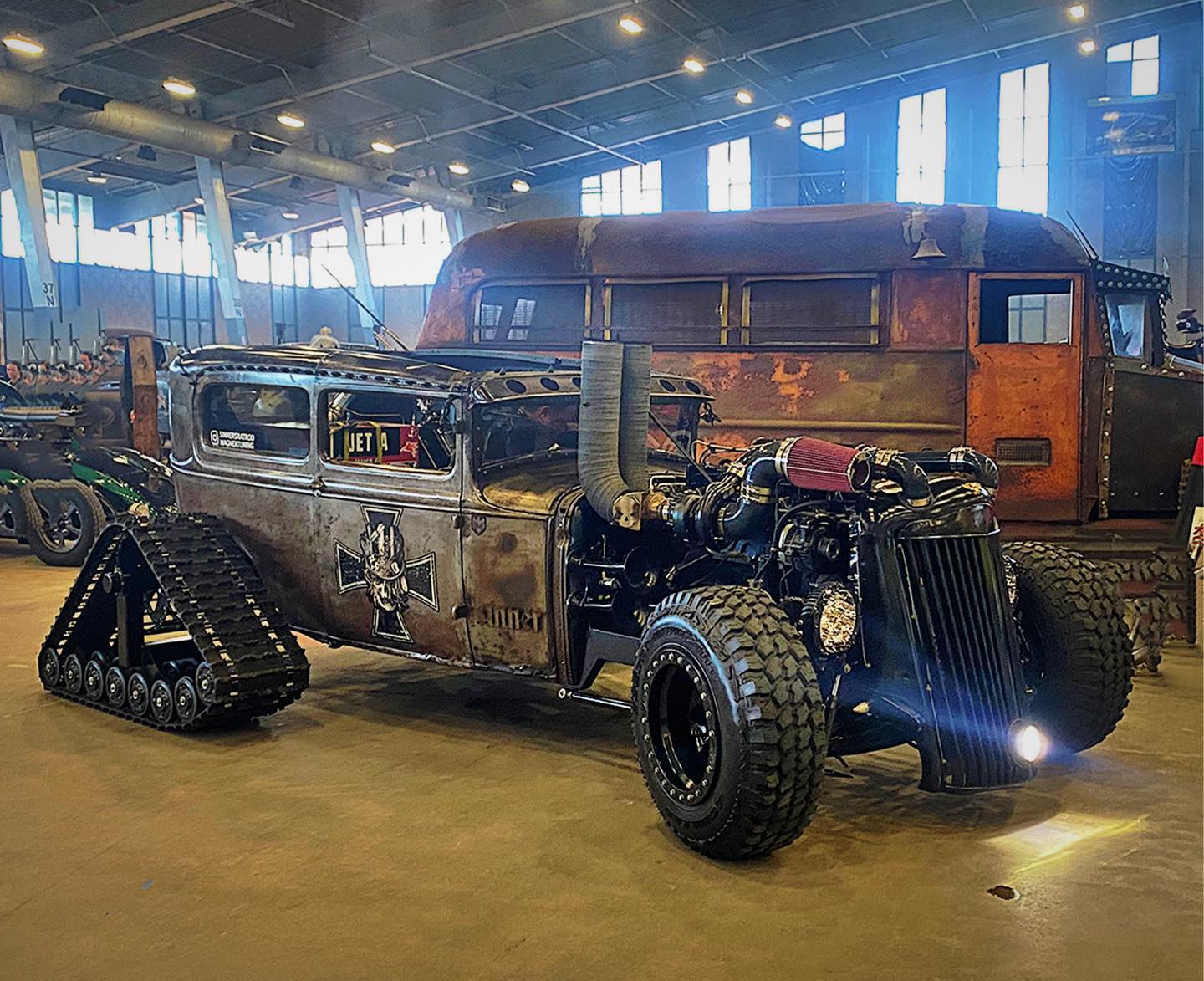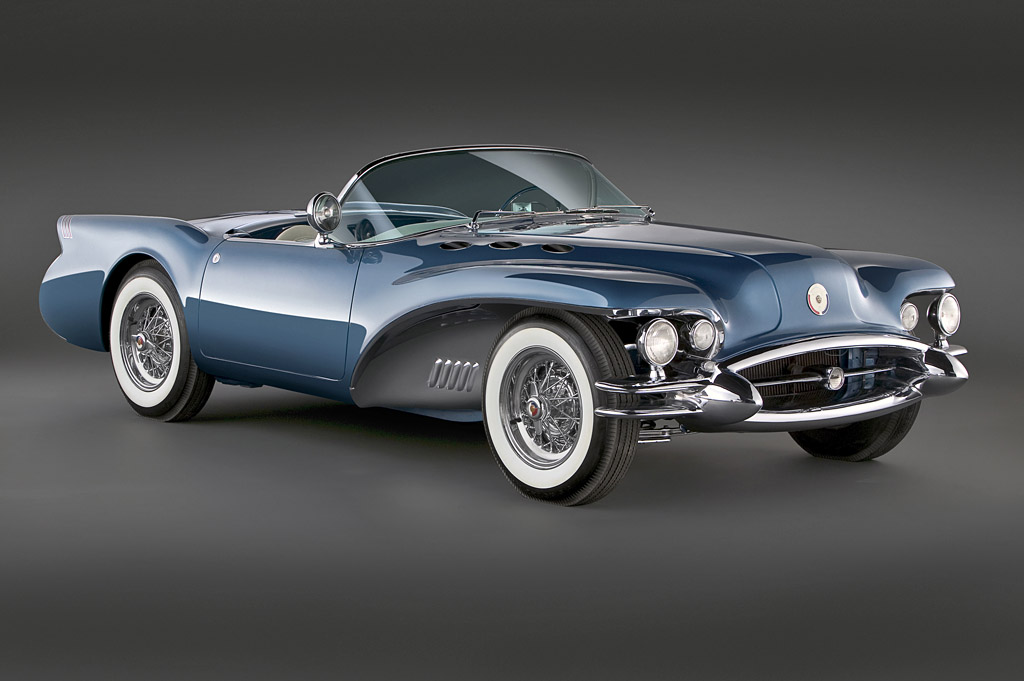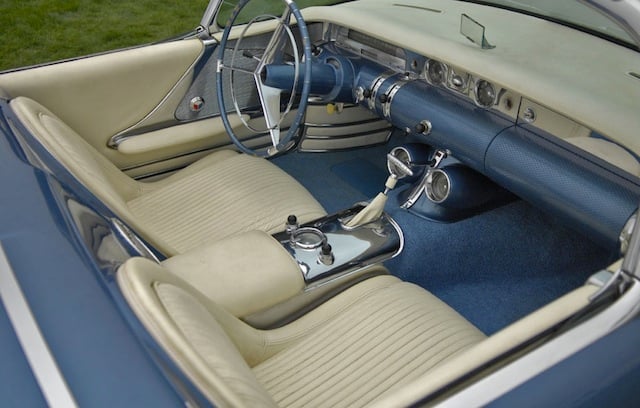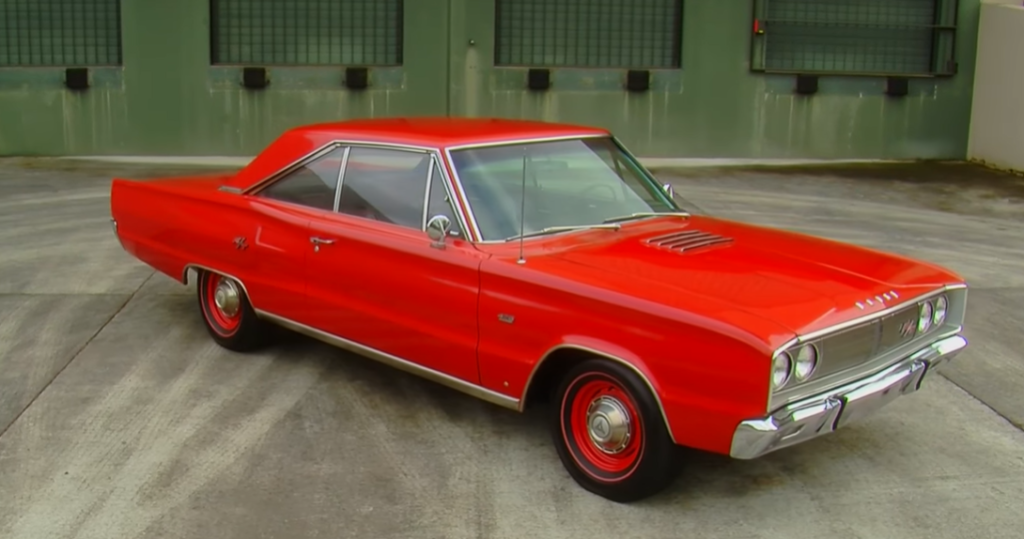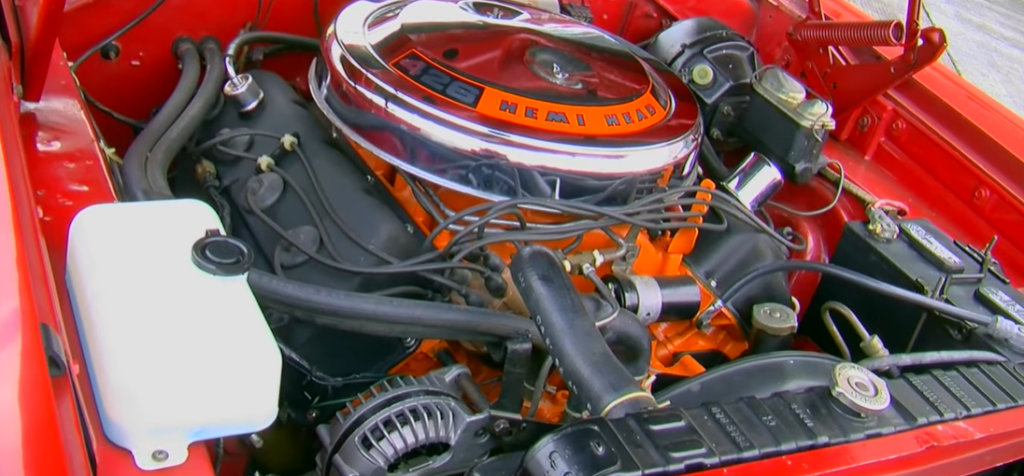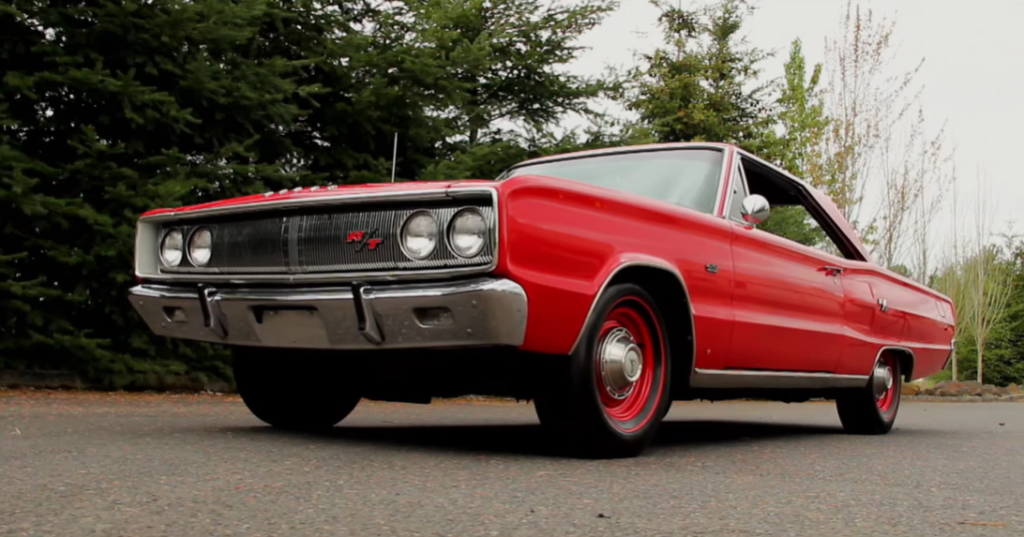
Introduction: In the annals of automotive history, the Mercury Monterey holds a significant place as an emblem of American automotive excellence. Produced by the Mercury division of Ford Motor Company from 1950 to 1974, this elegant and powerful vehicle captured the hearts of car enthusiasts with its sleek design, comfortable interiors, and impressive performance. In this article, we delve into the world of the Mercury Monterey, exploring its evolution, notable features, cultural impact, and its enduring legacy as a symbol of automotive innovation.

Evolution of the Monterey: The Mercury Monterey made its debut in 1950 as a top-of-the-line model in the Mercury lineup. Over the course of its production run, it underwent several design transformations, reflecting the changing automotive trends and consumer preferences of the time. From its early years characterized by distinctive chrome accents and sweeping curves to the later models featuring sleek lines and powerful engines, the Monterey evolved to remain a relevant and desirable automobile throughout its lifespan.


















